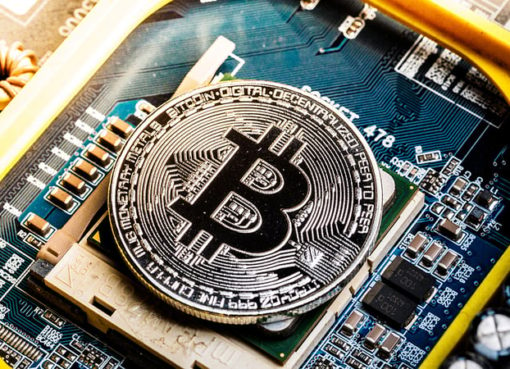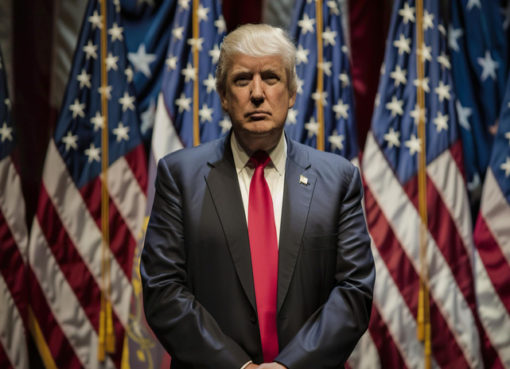The collapse of Silicon Valley Bank is unprecedented and the reverberations in the broader tech and financial ecosystem are notably very resounding.
Silicon Valley Bank (SVB), dubbed as the biggest bank failure since the 2008 financial crisis has revealed that the buyer of the investment portfolio where it recorded a loss of $1.8 billion was the American banking giant, Goldman Sachs Group Inc (NYSE: GS). As reported by Reuters, the company sold the bond portfolio for a book value of $23.97 billion on March 8.
Following the sale of the portfolio, Silicon Valley Bank earned a total of $21.45 billion in proceeds that will be a part of what will be freed up for its investors and depositors. The push to raise funds by selling its shares to cover up the $1.8 billion loss has been tagged as the firm’s undoing.
Investors became worried that the company may not be able to cover up its losses with the fundraising and as such, it precipitated the worst bank run in US history. According to reports, a total of more than $45 billion was withdrawn from the company within the span of a few days. These liquidity woes forced US regulators to close the bank and announce its assets for auction.
Goldman Sachs was reportedly the firm that helped the company handle the share sale prior to its closure. Per the Reuters report, there was no conflict of interest in the Goldman Sachs purchase of the portfolio as the unit of the bigger bank that handled the stock sale was different from that which bid and make the acquisition.
The measure to handle such conflict of interest according to Jacob Frenkel, chair of government investigations and securities enforcement practice at law firm Dickinson Wright is popular with big banks. As pointed out, the share sale was based on negotiated prices, implying that SVB got the best out of the deal even with its poor financial outlook at the time.
Silicon Valley Bank Collapse: Mitigating Related Events
The collapse of Silicon Valley Bank is unprecedented and the reverberations in the broader tech and financial ecosystem are notably very resounding. In a bid to prevent an aftermath that will be tough to handle, regulators promised to grant the bank’s depositors access to their money, a move they believe will strengthen the faith in the American banking system.
Additionally, the bank had to close down Signature Bank (NASDAQ: SBNY) on account that it poses systemic risks to the banking and financial ecosystem. This approach by regulators has been faulted by the bank’s executives and proponents in the crypto ecosystem that the bank primarily serves.
According to the complaints from industry experts, Signature Bank has a robust balance sheet and the closure of the bank is a testament to the strong anti-crypto message the US Government wanted to send to the emerging industry amid its banking crisis.
Benjamin Godfrey is a blockchain enthusiast and journalists who relish writing about the real life applications of blockchain technology and innovations to drive general acceptance and worldwide integration of the emerging technology. His desires to educate people about cryptocurrencies inspires his contributions to renowned blockchain based media and sites. Benjamin Godfrey is a lover of sports and agriculture.




